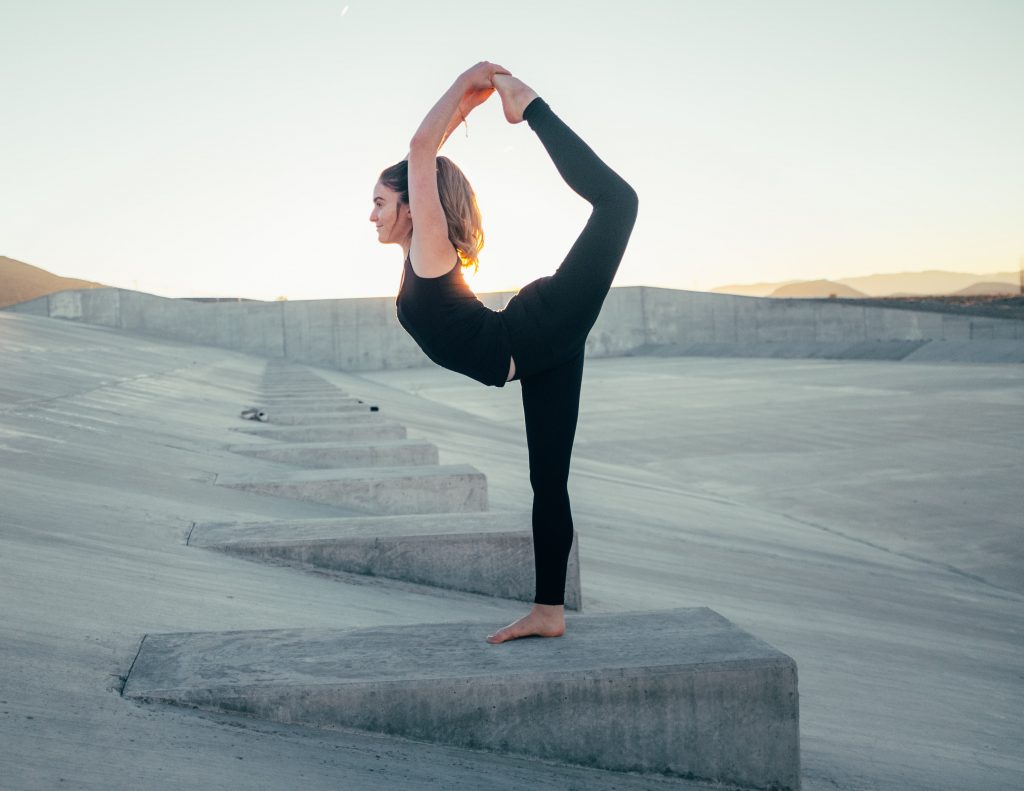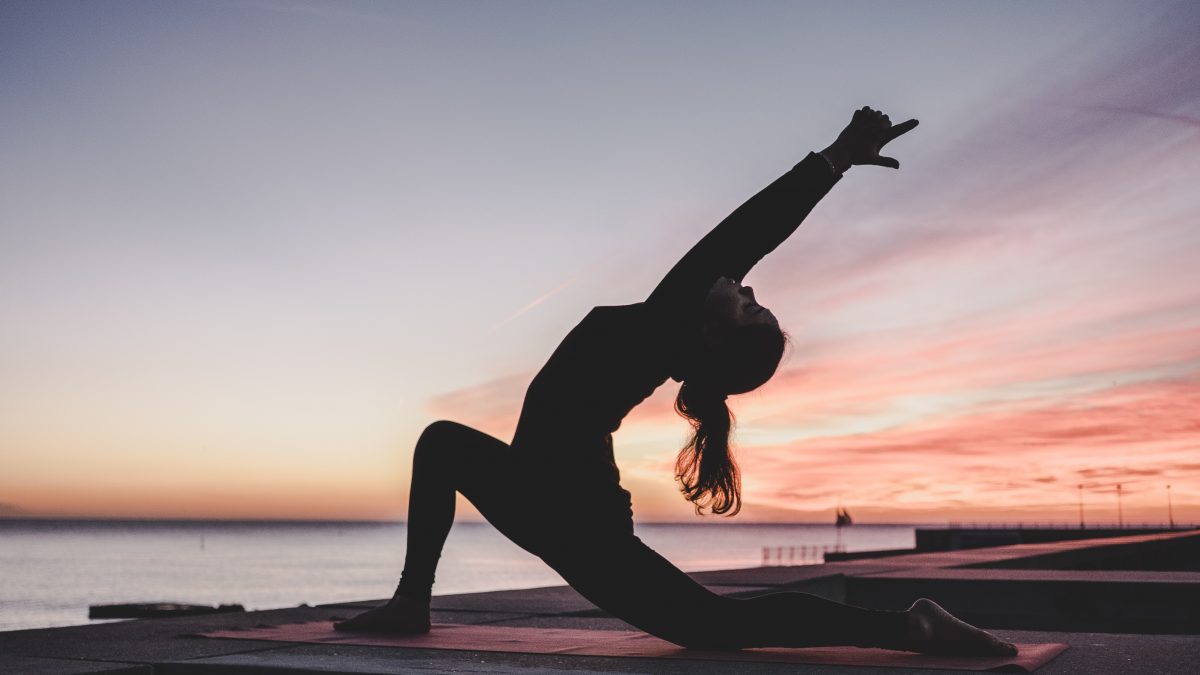Flexibility isn’t randomly determined. We are not born flexible or stiff. Everyone can become more flexible and we can show you how with Infinity’s training system.
The human body contains an innate intelligence that emerged after millions of years of evolution. The body’s systems protect us, sustain us, and guide us through the many situations that could otherwise cause us harm. They cause us to feel fear when we would like to be brave, stressed when we would prefer to be calm, and depressed when all we want is to be happy. It may seem that they cause more harm than good in their effort to protect us.
Many of us try to “beat the system” by charging our way through the obstacles. But the solution is not to overcome the system. Instead, we need to learn to work with our body’s systems to truly establish lasting change.
Address The Problem, Not The Symptoms
An experienced trainer can look at a muscle and know that it is tight because there is weakness elsewhere. They will see a loose joint and wonder if the surrounding muscles have enough strength to hold it in place. If we are addressing the issue on our own, we need to start by paying attention to our body’s signals. Without judgment, ask yourself where you feel strong and where you could use improvement. Finding the origin of the problem, instead of the symptom, can help us unravel the issue from the inside out.
My own experience as a child gymnast illustrates my point. I remember it very clearly. I had recently turned eleven and, within a month or two, I grew close to four inches. All of a sudden, I was smacking my feet on the bottom uneven bar and my stability on the balance beam was laughably bad. To top it off, some days I couldn’t even touch my toes.
Months passed and, no matter how hard I pushed myself, my toes dangled frustratingly out of reach. Many of my fellow gymnasts grew more slowly and are still relatively short to this day. They retained their flexibility in gymnastics without much effort. I, on the other hand, struggled with my new height from that day until my last gymnastics practice a few years later.
Had I known then what I know now about the human body and resistance stretching, I might’ve recovered some of my flexibility. Instead, pulled and strained muscles became unnervingly common. Every practice saw me fighting against flailing limbs and tightening muscles that I had no control over.
Life After Gymnastics
While gymnastics taught me muscle control, I was still missing a crucial piece that would allow me to connect my brain to my muscles. It took me years to realize that the missing piece was my spirit. Yoga helped me bridge the gap.
For me, yoga was the perfect antidote to the rigidity of gymnastics and a gateway to a healthier relationship between stretching and my body. It showed me how to observe my physical and spiritual body and to react to my instincts instead of bulldozing past them. While others my age strove toward physical goals through rote repetition and sheer force of will, I needed a deeper connection to the why and how my body was moving.

Engage The Brain To Heal The Muscles
Around the same time, I started practicing yoga, I also discovered resistance flexibility training. Most people engage in passive stretching. However, like my younger self straining toward my toes, they eventually realize you can’t will your muscles into lengthening.
I now know that passive stretching activates the Golgi Tendon Organs and muscle spindle. These two parts of our muscles work together to protect us from overstretching. The muscle spindle lies within the muscle and contracts our muscles when it feels we are in danger of overstretching. It can also signal the opposing or antagonist muscle group to not contract and to prevent overstretching on both sides.
While the muscle spindle protects from overstretching, the Golgi Tendon Organs (GTO) sense muscular tension. Passive stretching will activate the muscle spindle which immediately prevents a deeper stretch. But if we use the GTO to create muscle tension in the active muscle by contracting that muscle while we stretch or by holding the stretch for longer than seven seconds, we effectively silence the muscle spindle and can then achieve a deeper, safer stretch.
While it may seem like reaching for your toes every day will eventually lead us to grasp those tantalizing little guys, it turns out that our bodies are naturally preventing this from coming true. Therefore, the trick is adding resistance or active stretching.
If we were to do a seated wide-legged forward fold and reach for our toes, this would be considered a passive stretch. However, if we were to press our heels into the floor and toward the front of the room, we would lightly engage the hamstrings. When the stretched muscle is engaged it is naturally protecting us from overstretching. The muscle spindle is happy because the GTO is active and protects the muscle, joints, and tendons. The GTO message goes directly to a motor center of the brain, thereby creating not only a safer exercise but building lasting flexibility and strength changes.
Build On The System That’s Already There
Without the brain-muscle connection, progress will be slow. The connection allows us to find our boundaries before pushing them, to find weaknesses before it becomes an injury, and to tap into where we are strong and where we are flexible. We start working with our bodies instead of unintentionally pushing past our limits and probably injuring ourselves in the process.
Infinity’s training system requires an active brain-muscle connection. A good stretching routine requires you to ferret out areas of imbalance or instability. To do so, you need to go back and forth between the imbalanced meridians to reconnect and reinforce the messaging system between the muscles and the brain. This process alerts the brain that the muscles are still working and brings them back online.
Rebuilding the brain-muscle relationship is a practice that can take years. Yoga is a great tool and is increasingly accessible to all body types. However, resistance stretching can be used in any workout regime whether you are a runner, biker, cross-country skier, gymnast, swimmer, or ballroom dancer. Resistance exercises make flexibility accessible to everyone. You only have to engage the brain to heal the body.
Want to learn more about resistance and how you can incorporate it into your workout regime? Stay tuned for our follow-up post on Resistance Stretching Techniques.
Take Action!
Learn more about flexibility and strength training or schedule an appointment today!
Emma Matthies
Related posts
3 Comments
Leave a Reply Cancel reply
Categories
- Flexibility & Strength (13)
- Healing for Meridians (10)
- Holistic Lifestyle (5)
- Lymphatic Drainage (7)
- Massage (4)
- Meridian Archetypes (19)
- Spiritual (1)
- Traditional Chinese Medicine (12)


[…] exercises wake up the brain-muscle connections to tap into our innate flexibility and strength. All of us, knowingly or unknowingly, use our muscles in specific patterns. This results in some […]
[…] exercises wake up the brain-muscle connections to tap into our innate flexibility and strength. All of us, knowingly or unknowingly, use our muscles in specific patterns. This results in some […]
[…] exercises wake up the brain-muscle connections to tap into our innate flexibility and strength. All of us, knowingly or unknowingly, use our muscles in specific patterns. This results in some […]